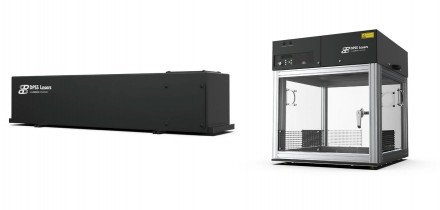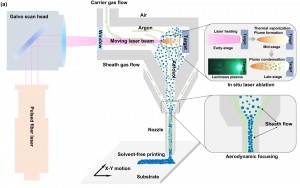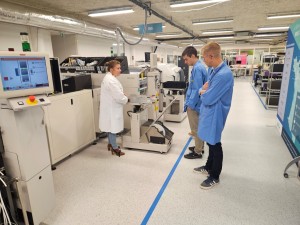
In this interview, Antonio Castelo, PhD, EPIC’s Technology Manager for Bio-Medical and Lasers, talks to Pierre Brochard, President and co-founder of SILENTSYS, a French producer of compact, ultra-low noise and frequency-stable lasers for photonics, microwave/THz, and electronic applications.
What’s the background to you co-founding SILENTSYS as President and CEO?
In 2015, after completing an MSc in Physics at Le Mans University in France, I went to the University of Neuchâtel in Switzerland to do a PhD in Laser Metrology. My area of interest was time and frequency metrology - everything related to laser stability and frequency, and microwave oscillators. What my colleagues and I discovered was that while a lot of people were using lasers for applications, the laser was seen as just another component and it was not well understood in term of frequency, line width and stability. Specifically, for many applications such as spectroscopy, optical clocks and quantum technologies, there was a significant and growing need for ultra-stable and ultra-low noise laser systems that were compact, low cost and easy-to-use.
While I’d always had a passion for physics, I was more interested in how science could be applied to help people in their everyday lives. Accordingly, in 2021, three colleagues and I created SILENTSYS as spin-off from the University of Neuchâtel to meet the need within industry and scientific research for ultra-low noise systems covering photonic, microwave/THz and electronic modules that were compact and easy-to-use.
How has the company developed?
After completing my PhD in 2019, I spent the following year at the University of Neuchâtel and the Swiss incubator for start-ups, developing the technology, drawing up a business plan and sorting out the initial funding. By 2021, we’d developed a prototype and with a view to getting support from Bpifrance, a French public sector investment bank, we moved out of the University of Neuchâtel and set up the company in Le Mans, France.
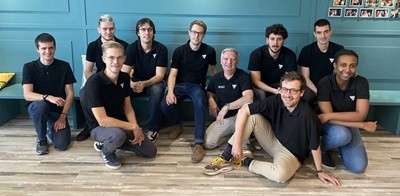
Since then, we’ve grown to a workforce of 10 and spent a lot of time working to raise SILENTSYS’s profile within the photonics community and taking to prospective customers about their precise needs. Most recently, we’ve been involved in an 8-month ESA project to evaluate the effectiveness of our Optical Frequency Discriminator for on-board space applications.
What are your main products?
Our Optical Frequency Discriminator (OFD) system is a compact, plug and play, easy to use, and cost-effective system suitable for laser frequency noise characterization and/or for laser frequency stabilization to drastically reduce the optical full width at half maximum linewidth. The device features ultra-low noise performances with a frequency noise level as low as 0.1Hz2/Hz and covers a huge wavelength range from UV, VIS, NIR to MIR.
With our systems you can transform a MHz linewidth laser into an Hz linewidth laser simply by pressing a button, and we are open to custom product developments to best fit our customers’ needs. The second product is an ultra-low noise power supply, the ALM-01, which is also a plug and play module that delivers 3 voltages, each with a maximum 1.3 A, with unprecedented level of ripple.
How are your products different from your competitors?
We don’t really have direct competitors. While some companies provide ultra-low noise laser systems, they are large, bulky devices more suitable for laboratories at a much higher price compared with us. For these reasons, we decided from the outset to make a product with a very different technology that was compact, easy to use and much more affordable even if the performances are a bit less. But that's not an issue because industrial customers are more interested in price and having a compact system that’s easy to integrate.
What are your target markets?
Our two main markets are sensing and quantum. Regarding sensing, ultra-low noise and frequency stable lasers enhance the overall capabilities of optical sensors across various fields, including environmental monitoring, industrial process control, healthcare, and scientific research. These characteristics enable accurate measurements, reduce interference. Similarly in the quantum field, stable lasers are essential for generating and transmitting quantum states used for quantum cryptography, particularly Quantum Key Distribution (QKD). As we grow, we will enter other markets like communications, computing, and metrology,

What have been your main challenges?
The year I spent in the Swiss incubator after my PhD really opened my mind to the challenges of building a company from scratch. Coming from a research background, I had to learn a lot about company finance, administration, and legal requirements. I also had to change my mind set for talking to prospective customers. When I was in the lab, my main concern was to develop the best technology with the best measurement and the best performance. But the commercial world is completely different because what was most important for my prospective industrial partners was not best performance but a compact, low-cost product that was easy to integrate in their existing systems.
The biggest challenge now is to raise the company profile and become more visible within the industry.
Which promotional tools have you found to be most effective?
Of course, we use all the social media tools i.e. our website, press releases, LinkedIn, attending events and exhibitions and publishing articles in photonics journals. But we’re not selling a smartphone - we’re selling a product for a niche market and what we’ve found most effective for building a customer portfolio is networking. To this end we’ve been helped by EPIC and various specialist distributors who have but us in touch with companies interested in our products.
What would you do differently if you started again?
Although I’m happy with the way things have gone and the choices we’ve made, one of the things I’d do differently is to have a long-term view of things from the beginning. When I launched the company, my vision was only one or two years ahead and I didn’t pay enough attention the choice of shareholders and people and their roles inside the company - especially those who were not involved in the day to day running of the company. If I started again, I’d think at least 10 years ahead and chose the roles of people and shareholders more carefully.
What’s your advice for the next generation of entrepreneurs?
There are a lot of small photonics companies in France and Europe, and if you can develop an innovative product that stands out from the competition, you will succeed. But the main question is how fast you want to grow because everything else stems from this. If you want to grow fast, then you will need to spend a lot of time looking for investors to enable you to reach the market.
If you opt for a slower approach and you have a working system - even if it's not the best in the world - you should start by giving a real time demonstration of your product to laboratories and sell in small volumes. In this way, you can start to generate revenues and get feed back on your product from customers who are not as demanding as larger companies in terms of the maturity of the technology and product lifetime.
Written by Antonio Castelo, PhD, EPIC’s Technology Manager for Bio-Medical and Lasers







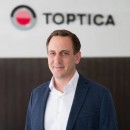
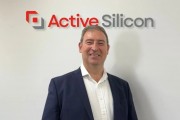
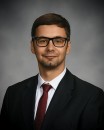

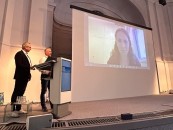
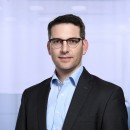
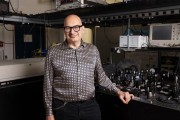
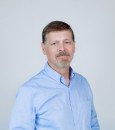


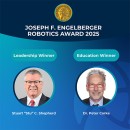

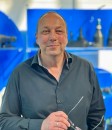
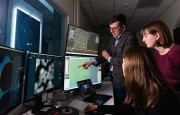















 Back to Features
Back to Features










